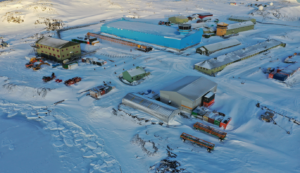Smoke from Australian wildfires blocked sunlight from Earth
The smoke cloud caused by last winter’s Australian wildfires was three times larger than anything previously recorded, according to researchers at the University of Saskatchewan, Canada.
Since September Australia has seen wildfires which have burned almost 27 million hectares of land, destroying 2,500 homes.
As a consequence of these unprecedented fires, a smoke cloud measuring 1,000 kilometres across pushed into the atmosphere.
According to the researchers, the cloud remained intact for three months, travelled 66,000 kilometres and soared to a height of 35 kilometres above the earth.
Information collected by satellite revealed that the smoke blocked sunlight from reaching the Earth to an extent never seen before from wildfires.
The stratosphere is typically viewed as a pristine, naturally clean, stable part of the atmosphere.
However, when aerosols-such as smoke from wildfires or sulphuric acid from a volcanic eruption-are forced up into the stratosphere, they can remain aloft for many months, blocking sunlight from passing through, which in turns changes the balance of the climate system.
Adam Bourassa, professor of physics who played a key role in analysing the satellite data said: ‘When I saw the satellite measurement of the smoke plume, it was jaw-dropping.
‘Knowing that these fires are likely to strike more frequently and with more intensity due to climate change, we could end up with a pretty dramatically changed atmosphere.
‘What was also really amazing was that as the smoke sits in the atmosphere, it starts to absorb sunlight and so it starts to heat up.
‘And then, because it’s getting hotter, it starts to rise in a swirling vortex ‘bubble’, and it just rose and rose higher and higher through the atmosphere.’
Photo Credit – Pixabay















